
How brands
are using AI art generators to be more productive and creative
How brands
are using AI art generators to be more productive and creative
How brands are using AI art-generators to be more productive and creative
Midjourney, Dream Ai (Wombo), DALL-E, Imagen (Google) are the talk of the media and people: the art created by neural networks is sometimes easily confused with the works of professional artists. At the same time, the labour of artificial intelligence is thousands of times cheaper, and the time to create an artwork is measured in seconds.
Two recent technological breakthroughs in artificial intelligence provide the work of art generators: the ability of neural networks to understand human speech and create images. To transform these two skills into a coherent system that produces works of art on demand, a neural network is trained to match textual descriptions with visual images using hundreds of millions of examples. The results of such training enable various cross-modal tasks - generating pictures from text descriptions, generating text descriptions from pictures, refining parts of an image, and so on. To do this, you need to describe the object you wanna see, send it to the grid for processing and wait for the result. Afterwards, the result can be upgraded, increased its quality and downloaded.
Midjourney, Dream Ai (Wombo), DALL-E, Imagen (Google) are the talk of the media and people: the art created by neural networks is sometimes easily confused with the works of professional artists. At the same time, the labour of artificial intelligence is thousands of times cheaper, and the time to create an artwork is measured in seconds.
Two recent technological breakthroughs in artificial intelligence provide the work of art generators: the ability of neural networks to understand human speech and create images. To transform these two skills into a coherent system that produces works of art on demand, a neural network is trained to match textual descriptions with visual images using hundreds of millions of examples. The results of such training enable various cross-modal tasks - generating pictures from text descriptions, generating text descriptions from pictures, refining parts of an image, and so on. To do this, you need to describe the object you wanna see, send it to the grid for processing and wait for the result. Afterwards, the result can be upgraded, increased its quality and downloaded.
join 'em!
Digital artists all over the world are afraid that they might lose their jobs because of AI-generated art. But our opinion is that neural networks are just amazing tools which can improve the work of CG artists.
Creating content through an AI generator requires imagination and the ability to structure information and interpret it into comprehensible phrases. The grids can not take into account all the nuances, in some places the result is clumsy. In order to get something sensible it is necessary to send different requests and adjust the results. In general, that's what a designer's job is - to iteratively fine-tune different concepts.
The fact that a neural network draws no worse than a human, should not frighten us but should motivate to open new horizons of art knowledge, admitting our limitations. And what is the human experience? Everything has already been written and drawn a long time ago. Human also makes a compilation, although he arrogantly considers that he "creates", and the artificial neural network "brazenly copies".
There is no difference between a person drawing by himself or "working with sliders". The significance of a work does not depend on how much effort has been expended or how it was created. People who "spend years perfecting a handmade result" have simply chosen one way to achieve the result. It's like separating those who grew all their own food from those who bought it at the store in a chef's contest. That's not the point, but the dish that ended up being made.
Midjourney and others are just reference catalogues. Only you don't have to flip through Pinterest in the hope of finding "the right light", an interesting composition or inspiring art. Now you can clearly formulate a request, send it to the bot and get the desired result in a couple of minutes. In our opinion, one of the most difficult challenges for a neural network is to learn how to create content in the same style for the entire project and keep it on the same level.
Digital artists all over the world are afraid that they might lose their jobs because of AI-generated art. But our opinion is that neural networks are just amazing tools which can improve the work of CG artists.
Creating content through an AI generator requires imagination and the ability to structure information and interpret it into comprehensible phrases. The grids can not take into account all the nuances, in some places the result is clumsy. In order to get something sensible it is necessary to send different requests and adjust the results. In general, that's what a designer's job is - to iteratively fine-tune different concepts.
The fact that a neural network draws no worse than a human, should not frighten us but should motivate to open new horizons of art knowledge, admitting our limitations. And what is the human experience? Everything has already been written and drawn a long time ago. Human also makes a compilation, although he arrogantly considers that he "creates", and the artificial neural network "brazenly copies".
There is no difference between a person drawing by himself or "working with sliders". The significance of a work does not depend on how much effort has been expended or how it was created. People who "spend years perfecting a handmade result" have simply chosen one way to achieve the result. It's like separating those who grew all their own food from those who bought it at the store in a chef's contest. That's not the point, but the dish that ended up being made.
Midjourney and others are just reference catalogues. Only you don't have to flip through Pinterest in the hope of finding "the right light", an interesting composition or inspiring art. Now you can clearly formulate a request, send it to the bot and get the desired result in a couple of minutes. In our opinion, one of the most difficult challenges for a neural network is to learn how to create content in the same style for the entire project and keep it on the same level.
Neural networks will greatly simplify the work of the designer, solving the problem of missing content on the stocks, and the long search for necessary materials. The method is great for designers who are looking for new forms based on familiar ones (eg, home appliances). A neural network is able to prepare a concept of the futuristic device based on a photo of a toaster or a printer. The same applies to fashion designers and, for example, architects - neural networks can significantly speed up their work.
The neural network visualization function has a wide range of practical applications, from marketplaces, where it is necessary to generate many single-type pictures to represent products on the website, to the creation of artwork and NFT generation. To this list adds the generation of marketing and in-game content, design, animation and even movies. Midjourney-like systems will find applications in interior design and package design, generation of prototype web pages, interface elements, emoji and stickers, in the game industry for creating characters.
Neural networks will greatly simplify the work of the designer, solving the problem of missing content on the stocks, and the long search for necessary materials. The method is great for designers who are looking for new forms based on familiar ones (eg, home appliances). A neural network is able to prepare a concept of the futuristic device based on a photo of a toaster or a printer. The same applies to fashion designers and, for example, architects - neural networks can significantly speed up their work.
The neural network visualization function has a wide range of practical applications, from marketplaces, where it is necessary to generate many single-type pictures to represent products on the website, to the creation of artwork and NFT generation. To this list adds the generation of marketing and in-game content, design, animation and even movies. Midjourney-like systems will find applications in interior design and package design, generation of prototype web pages, interface elements, emoji and stickers, in the game industry for creating characters.




First we asked to draw our mascot robot. And here are the results:


Midjourney is a neural network that allows you to generate images based on text descriptions. It is available for free to everyone, but the number of generations is limited. The project emerged in February 2022. It is now being worked on by a team of 11 people, including David Holtz, and a large number of consultants working on design, human infrastructure, and artificial intelligence. The creators of MJ took into account the experience of previous projects and filled the neural network with more data: the right images, associations, photos, pictures, etc.
The development of DALL-E was supported by a $1 billion grant from Microsoft to the OpenAI project, which specializes in artificial intelligence technologies. OpenAI used these funds to develop a neural network based on the third generation of the GPT-3 natural language processing algorithm, which the company had created a year earlier. The neural network became available to a wide audience two years later - in January 2021. And in April 2022, its improved version - DALL-E 2 - was released.
In May 2022, Google also showed its Imagen neural network, which generates text-based images by diffusion: it starts with a schematic image and improves it. Imagen first creates a 64×64 pixel image but then refines it to 1024×1024 pixels. It turns out that the AI works like an artist who starts with a rough sketch, gradually adding details and scaling. The result is a detailed image that could be mistaken for a photograph.
The service from the Canadian startup WOMBO allows you to create vertical covers. You can choose a mode ("Mystic", "Baroque", "Fantasy" and so on) and attach a reference picture as well as your own NFT (non-interchangeable token). The neural network produces abstract results. The picture generation is done in real-time. The web version of the service is free.
The program from the Stability AI group went public in August 2022. A neural network can qualitatively generate images based on a text query, refine sketches, and remake reference pictures in its own way. All this is free, and the open-source code allows you to install Stable Diffusion on your computer and use your own computing power. Much of the recent wave of AI uses a technique called covert diffusion. Essentially, the model learns to recognize familiar shapes in a field of pure noise, and then gradually focuses these items if they match the words in the cue.
Midjourney is a neural network that allows you to generate images based on text descriptions. It is available for free to everyone, but the number of generations is limited. The project emerged in February 2022. It is now being worked on by a team of 11 people, including David Holtz, and a large number of consultants working on design, human infrastructure, and artificial intelligence. The creators of MJ took into account the experience of previous projects and filled the neural network with more data: the right images, associations, photos, pictures, etc.
The development of DALL-E was supported by a $1 billion grant from Microsoft to the OpenAI project, which specializes in artificial intelligence technologies. OpenAI used these funds to develop a neural network based on the third generation of the GPT-3 natural language processing algorithm, which the company had created a year earlier. The neural network became available to a wide audience two years later - in January 2021. And in April 2022, its improved version - DALL-E 2 - was released.
In May 2022, Google also showed its Imagen neural network, which generates text-based images by diffusion: it starts with a schematic image and improves it. Imagen first creates a 64×64 pixel image but then refines it to 1024×1024 pixels. It turns out that the AI works like an artist who starts with a rough sketch, gradually adding details and scaling. The result is a detailed image that could be mistaken for a photograph.
The service from the Canadian startup WOMBO allows you to create vertical covers. You can choose a mode ("Mystic", "Baroque", "Fantasy" and so on) and attach a reference picture as well as your own NFT (non-interchangeable token). The neural network produces abstract results. The picture generation is done in real-time. The web version of the service is free.
The program from the Stability AI group went public in August 2022. A neural network can qualitatively generate images based on a text query, refine sketches, and remake reference pictures in its own way. All this is free, and the open-source code allows you to install Stable Diffusion on your computer and use your own computing power. Much of the recent wave of AI uses a technique called covert diffusion. Essentially, the model learns to recognize familiar shapes in a field of pure noise, and then gradually focuses these items if they match the words in the cue.
Tech writer Brian Morrissey described the future of AI in The Rebooting, saying, “In the best scenario, we will become super-empowered and even more barriers to media creation will be eliminated. In the worst case, we’ll have bots writing for bots, monetized by bots.”
Our opinion is mostly optimistic.
In the next five years in such fields as concept art and illustration, neural network tools are likely to displace traditional tools. In order to stay in the market and compete with the wave of newcomers who come in with these tools - CG artists will have to learn new things, explore the possibilities of neural networks and think about how to apply them in their work.
Also in the next 1-2 years, there will be an active development of interfaces. The next step is an active mixing of different models and approaches. Allocation of specialized networks trained for specific tasks (for example, only anime and only concept art in a realistic style, etc.). All this will be combined into a single software package with a convenient toolkit that allows flexible, quick and easy editing and mixing of options.
Very quickly a prompt (text query to neural network) language of the next generation will appear, close to human language. Now the descriptions are similar to a set of commands, they are not logically connected and difficult to control, and predictability is low. Requests will become shorter and more coherent, perhaps even vocal, and they will contain long and complex combinations of words addressing directly to the neural network. Perhaps there will be integration with big data and search queries to anticipate the tastes of the person who generates the image.
The roles and meanings of professions will also change. Concept artists will become much smaller - one person will be able to serve multiple projects entirely. Concept art and illustration will be done by producers, game designers, marketers, and 3d modellers. Instead of the art searching for ideas and visuals, they will be generated. Eventually, each company will have its own neural networks trained for specific tasks on company-generated materials. The value of individual art by itself is not very high even now, in the future it will fall even more. The only important thing will be the Product in which this art is used.
Tech writer Brian Morrissey described the future of AI in The Rebooting, saying, “In the best scenario, we will become super-empowered and even more barriers to media creation will be eliminated. In the worst case, we’ll have bots writing for bots, monetized by bots.”
Our opinion is mostly optimistic.
In the next five years in such fields as concept art and illustration, neural network tools are likely to displace traditional tools. In order to stay in the market and compete with the wave of newcomers who come in with these tools - CG artists will have to learn new things, explore the possibilities of neural networks and think about how to apply them in their work.
Also in the next 1-2 years, there will be an active development of interfaces. The next step is an active mixing of different models and approaches. Allocation of specialized networks trained for specific tasks (for example, only anime and only concept art in a realistic style, etc.). All this will be combined into a single software package with a convenient toolkit that allows flexible, quick and easy editing and mixing of options.
Very quickly a prompt (text query to neural network) language of the next generation will appear, close to human language. Now the descriptions are similar to a set of commands, they are not logically connected and difficult to control, and predictability is low. Requests will become shorter and more coherent, perhaps even vocal, and they will contain long and complex combinations of words addressing directly to the neural network. Perhaps there will be integration with big data and search queries to anticipate the tastes of the person who generates the image.
The roles and meanings of professions will also change. Concept artists will become much smaller - one person will be able to serve multiple projects entirely. Concept art and illustration will be done by producers, game designers, marketers, and 3d modellers. Instead of the art searching for ideas and visuals, they will be generated. Eventually, each company will have its own neural networks trained for specific tasks on company-generated materials. The value of individual art by itself is not very high even now, in the future it will fall even more. The only important thing will be the Product in which this art is used.
Pass Discovery Stage for free
